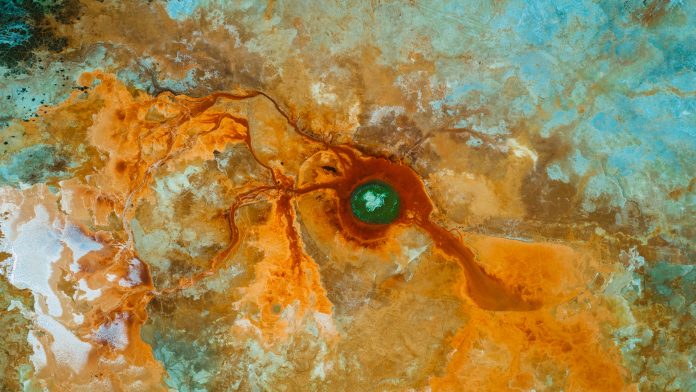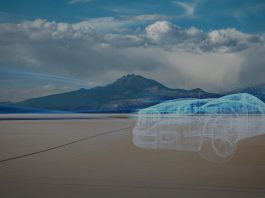The heat miles beneath our feet, known as deep geothermal energy, could provide more than enough clean, renewable energy to meet world demands.
As we make the transition from fossil fuels to more environmentally friendly sources, it is crucial that the world has enough green energy to make this switch. According to a presenter at the inaugural Boston Planetary Stewardship Event, geothermal energy could be the answer.
Timed to align with the United Nations’ Climate Change Conference, the event was designed to “spotlight actionable ideas for human activity to achieve a sustainable relationship with the planet’s natural systems.”
The potential of deep geothermal energy
“The total energy content of geothermal exceeds our annual energy demand as a planet by a factor of a billion. So, tapping into a fraction of that is more than enough to meet our energy needs for the foreseeable future,” said Matt Houde, who was one of 100 speakers at the Boston event.
Currently, we do not drill far enough to unlock this energy. Houde explained: “If we can get to ten miles down, we can start to find economic temperatures everywhere. If we go even deeper, we can get to temperatures where water pumped to the site becomes supercritical.
“This creates a steam-like phase that will allow improvements in the power production per well, therefore producing cost-efficient geothermal energy.”
The deepest hole that’s been drilled to date, the Kola borehole, went 7.6 miles down. It took 20 years to complete because conventional equipment like mechanical drill bits can’t withstand the conditions at those depths and break down. “We’ll need hundreds if not thousands of Kola boreholes if we want to scale geothermal to the capacity that’s needed,” Houde said.
Drilling with microwaves
Drilling company Quaise is working to develop technology that will overcome these challenges. Their system will blast rock with microwaves to drill the deepest holes on Earth.
The company are aiming to place conventional drill bits with millimetre wave energy. These waves are cousins to the microwaves we use to cook food, and melt and vaporise the rock to create deeper holes and reach geothermal energy levels.
During the development of the technology, scientists demonstrated that millimetre waves could drill holes in basalt. Furthermore, the gyroton machine that produces millimetre wave energy has been used for around 70 years in research towards nuclear fusion as an energy source.
The Quaise technique also takes advantage of the conventional drilling technologies developed by the oil and gas industry. The company will use these to drill down through surface layers to basement rock, which millimetre waves can easily power through.
Houde explained that millimetre waves “are ideal for the hard, hot, crystalline rock deep down that conventional drilling struggles with. They are not as efficient in the softer rock closer to the surface, but those are the same formations that conventional drilling excels at.”
Challenges must be solved to scale the Quaise technology
Challenges to this method remain, such as a better understanding of rock properties at great depths. Further, the supply chain needs to be advanced for gyrotrons and the waveguides that carry their energy downhole. This equipment is currently optimised for specialised, one-off projects in fusion research. For deep geothermal energy applications, they must be produced in quantity and be robust and reliable in a field environment.
There are also engineering challenges that must be addressed. Houde stated: “Chief among them, is how do we ensure full removal of the ash, created by the process, and transport that ash up the borehole over long distances?”
In the lab at, engineers demonstrated the technology by drilling a hole in basalt with a 1:1 aspect ratio. Quaise has extended the results by scaling up the power density of the microwave beam, as well as the depth of the hole by a factor of ten to achieve a 10:1 aspect ratio. In parallel, the company is building the first field-deployable prototype millimetre-wave drilling rigs.
“Our current plan is to drill the first holes in the field in the next few years,” Houde said. “And while we continue to advance the technology to drill deeper, we will also explore our first commercial geothermal energy projects in shallower settings.”









